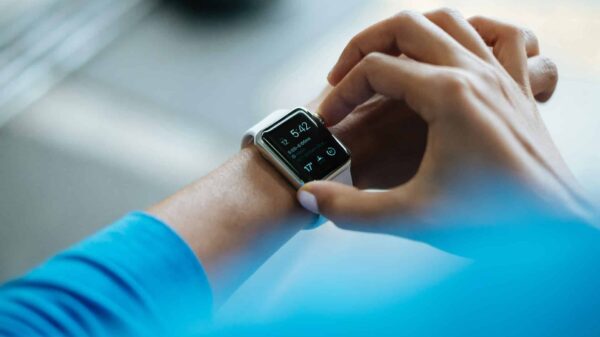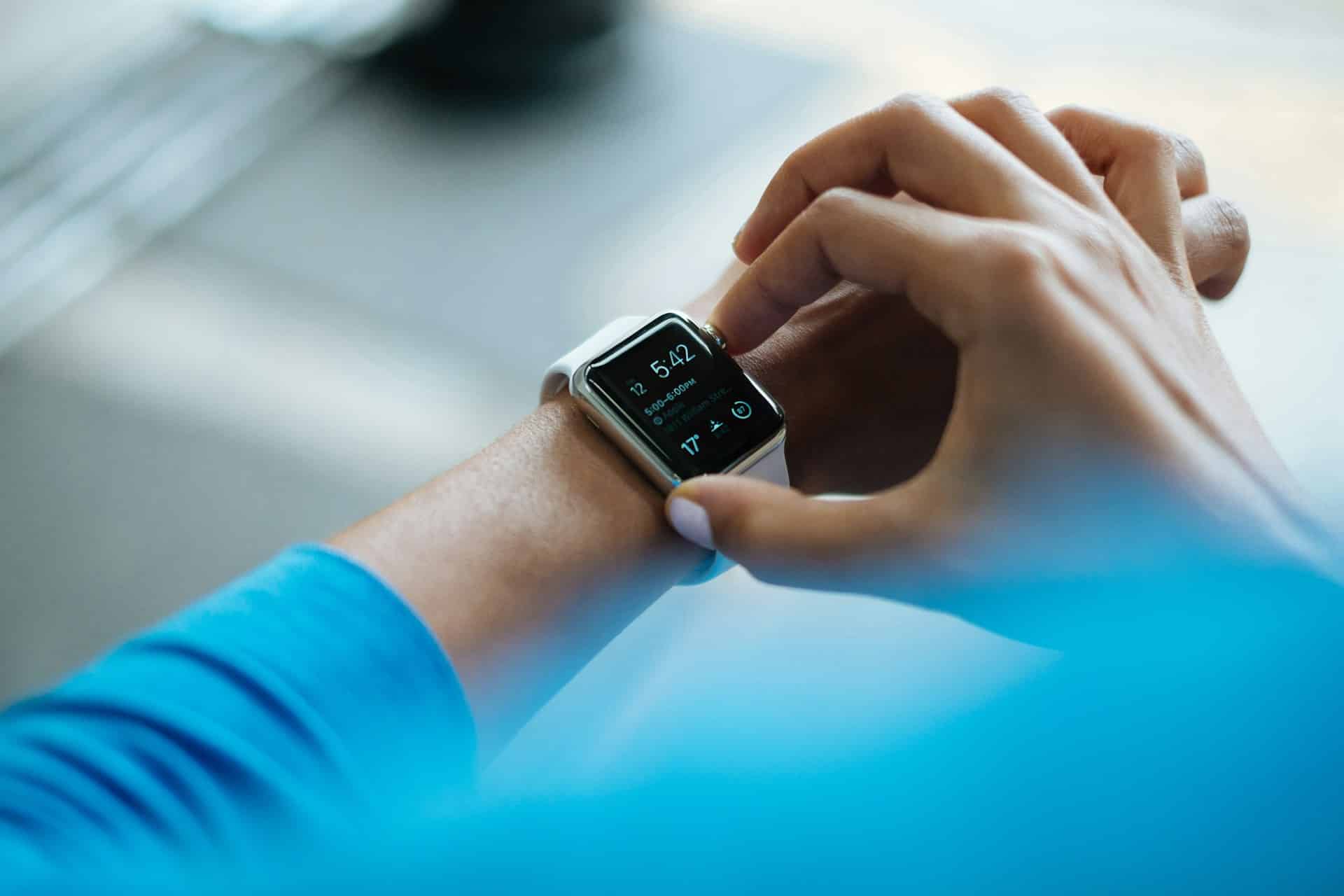In a recent session with the House of Representatives’ Committee on Energy and Commerce’s Subcommittee on Health, HHS Secretary Robert Kennedy presented an ambitious objective for wearable health technology. He proposed that by 2027, nearly every American could be equipped with some type of health-tracking device, supported by what he termed “the biggest advertising campaign” HHS has ever undertaken. This endeavor highlights a trend toward integrating technology in health management while also raising significant questions about its effectiveness and accessibility.
Kennedy’s vision prominently features devices such as FitBits, Oura rings, heart monitors, and continuous glucose monitors (CGMs). These technologies aim to empower users to manage their health by offering real-time insights into their bodily functions, including tools designed to help monitor insulin levels. In a discussion with Representative Troy Balderson of Ohio, Kennedy underscored the importance of equipping individuals with the means to “take control of their own health,” referring to CGMs as “miraculous” for their life-changing potential.
Despite the optimism in this message, a substantial gap exists between the potential benefits and demonstrated effectiveness. Although medications like Ozempic have been shown to aid in weight management and diabetes control, studies indicate that wearable glucose monitors do not necessarily translate into improved weight loss or healthier dietary habits. Kennedy did not mention any educational programs to help the public effectively utilize the data from these devices, raising concerns about their overall utility.
Balderson expressed valid concerns regarding the privacy and security implications associated with the widespread use of such tracking devices, but Kennedy opted to emphasize their positive potential instead. He highlighted, “You know, Ozempic costs $1,300 a month. If you can achieve the same thing with an $80 wearable, it’s a lot better for the American people.” While this point is appealing, it’s essential to consider that not everyone has the financial means to purchase even an $80 device, particularly those facing economic challenges.
The ambitious campaign, intriguingly named “Take Back Your Health,” is expected to cost $20 million over four years, focusing on promoting healthier lifestyles through “clean eating,” physical activity, and “spiritual growth.” However, some experts are skeptical about prioritizing tech solutions while neglecting basic systemic issues. Nutritionist Dr. Jessica Knurick, a well-known TikTok creator, captured this sentiment succinctly: “Apparently, what millions of Americans struggling to afford groceries need is a cool health wearable.”
Dr. Knurick argues that emphasizing personal responsibility without addressing systemic problems like food deserts and financial barriers does little to improve public health. The reality is that many Americans depend on ultra-processed foods as they are often the most accessible and affordable choice for families in financial distress.
“If they cared about improving health,” Dr. Knurick remarked pointedly, “they’d focus on the system that is set up for Americans to fail.” While technology can play a role in improving health, without substantial policy changes related to poverty and food access, these wearables may merely act as a superficial remedy for deeper issues.
Regarding any potential shifts in Medicaid, Medicare, or private insurance coverage for CGMs and other wearables, such prospects remain unclear. The anticipated health improvements resulting from expanded adoption of these products are speculative at best. Until the fundamental issues related to nutrition and health care access are resolved, it’s difficult to expect that wearable technology alone will significantly alter health statistics in the U.S.
In summary, the way forward necessitates a more holistic examination of both individual accountability and the systems influencing health outcomes. Although wearables can offer valuable data, real solutions lie in addressing the root causes of health disparities nationwide.
Image Source: Unsplash
























